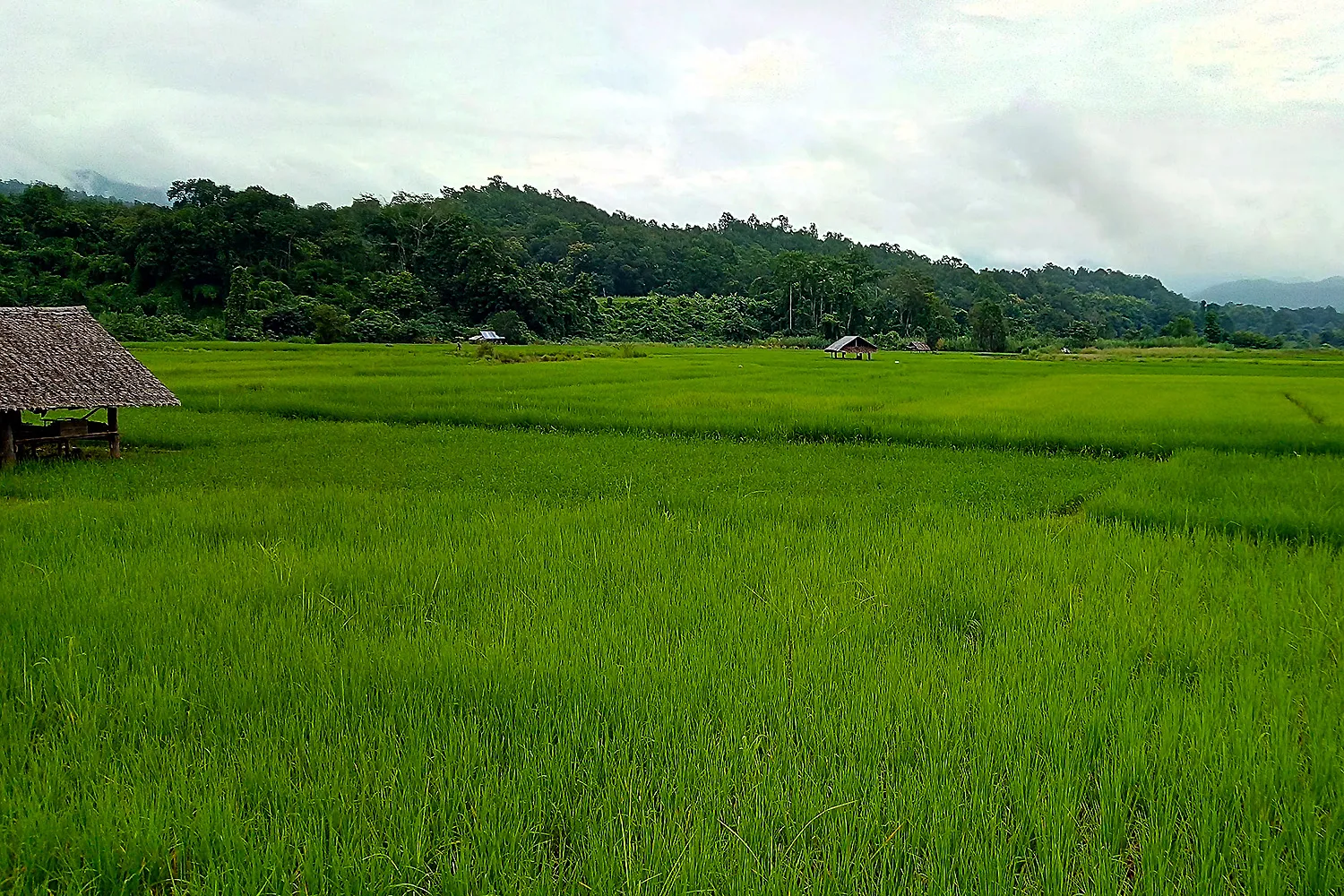Mae Hong Son’s landscape is characterized by its stunning mountainous terrain, making it one of the most mountainous provinces in Thailand. Approximately 90% of the province is covered by rugged and elevated mountains, leaving only a small portion of flat land across the region. Despite the limited flat areas, agriculture remains a predominant occupation for the majority of the population, contributing to the province’s economy and livelihoods. The agricultural activities in Mae Hong Son encompass a variety of crops and livestock, reflecting the region’s diverse climate and topography. The people engage in cultivating rice, garlic, onions, soya beans, sesame, orchard fruits, and other agricultural produce. These crops provide the foundation of the local economy, with a significant portion of the population relying on farming as their primary source of income. The farming cycle in Mae Hong Son typically starts around the beginning of the rainy season, which is in June. As the rains arrive, farmers begin to prepare their fields by clearing away weeds and tilling the soil. Planting commences as soon as there is an adequate water supply from nearby dams or other water sources. The crops require several months to grow and mature before reaching the harvest season, which usually occurs around September or October.
After the main harvest, which typically coincides with the cooler season, farmers transition to planting crops that have shorter growth cycles and require less water. This includes crops like onions, garlic, and soya beans, which can be harvested in a shorter timeframe, usually within 2 to 3 months. By the time the hot season arrives in February, most of the crops have been harvested and stored. The agricultural landscape may appear dry and less active during this time, as farmers prepare for the upcoming rainy season. The cycle of planting, tending, and harvesting repeats annually, with the agricultural activities of Mae Hong Son closely tied to the changing seasons. Despite the challenges posed by the rugged terrain and varying weather patterns, the people of Mae Hong Son have developed a deep understanding of their environment and have adapted their agricultural practices to thrive in this unique landscape.
Economic Crops of Mae Hong Son Province:
Mae Hong Son Province boasts a significant array of economic crops, including rice, garlic, soybeans, peanuts, sesame, coffee, sugar cane, corn, ginger, and cabbage. While these products hold great potential, the province faces a challenge due to the absence of agricultural processing factories. As a result, a substantial portion of these goods are transported to factories in neighboring provinces for further processing and eventual export. However, a distinctive feature of this region is the involvement of local residents in processing certain items. Drawing upon traditional local wisdom, methods such as those used for beans and sesame seeds are employed. These ingredients undergo processing to yield vegetable oil, becoming integral components of various confections and sweets. In the case of coffee production, a local approach is adopted. Coffee beans are first roasted using readily available tools within the area and are subsequently marketed to tourists. The production of sugar cane involves a similar local touch. The cane is either processed into fresh sugar or simmered until it achieves a dense, sticky consistency. This concoction is then molded into cubes, resulting in the creation of sugarcane juice cubes that are sold within nearby communities.

